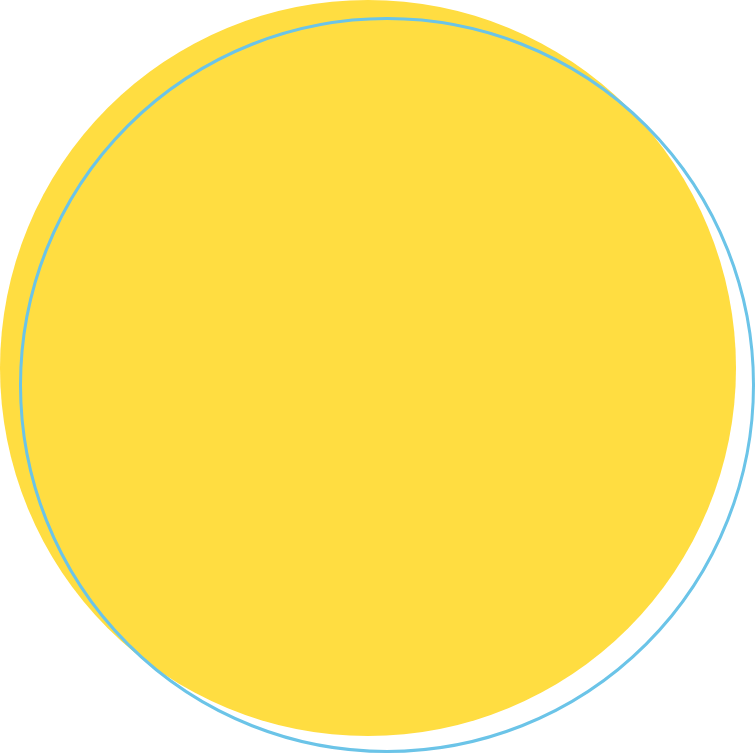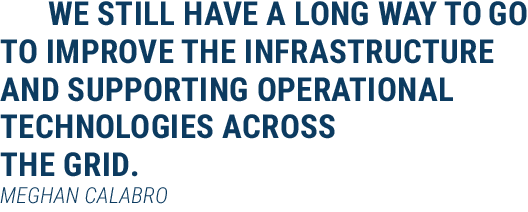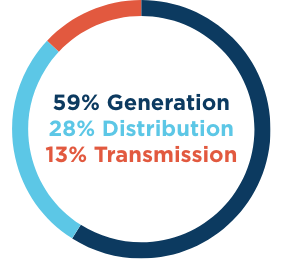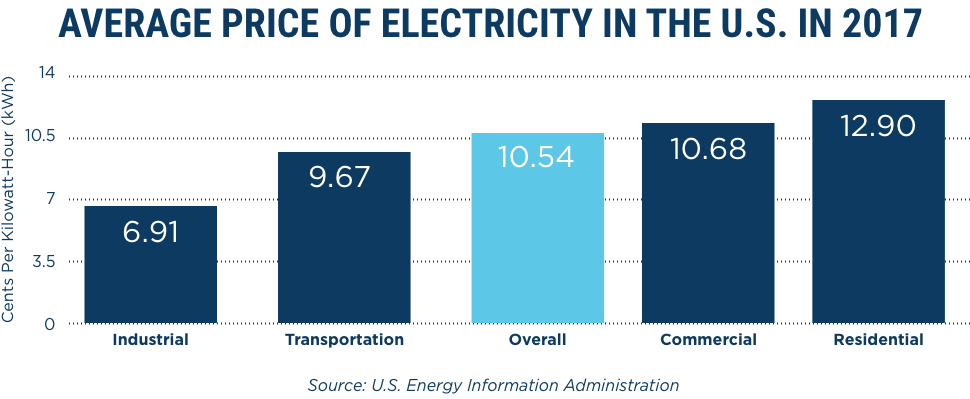DISTRIBUTION MODERNIZATION COMPONENTS



Distributed energy storage
Provide alternatives to traditional grid upgrades, select storage technologies, evaluate potential locations, perform benefit stacking and develop operating strategy.
Grid management systems
Optimize the integration of distributed energy resources and provide dynamic management of multiple interdependent systems.
Strategic undergrounding
Examine the full life cycle cost perspective and establish criteria for decisions about undergrounding.
Advanced metering infrastructure (AMI)
Deploy AMI to collect interval data, validate customer connectivity, and perform load forecasting, outage reporting and transformer loading.
Infrastructure and asset renewal
Replace aged infrastructure that is fully depreciated, dilapidated and prone to failure. Rebuild outdated sections of the grid to excess capacity and modern standards.
Vegetation management
Use a data-driven approach to prioritize vegetation management. Customize cycles based on performance tracking and prioritize to maximize impact. Assess the value of vegetation management versus redesign.
Distributed generation
Conduct capacity analyses and create and administer interconnection evaluation processes.
Substation automation
Implement capabilities such as remote sensing and event logging, feeder transfer, transformer isolation, and condition-based maintenance.
Distribution automation
Implement capabilities such as D-SCADA, volt/VAR control and fault management.
Distributed energy storage
Provide alternatives to traditional grid upgrades, select storage technologies, evaluate potential locations, perform benefit stacking and develop operating strategy.
Grid management systems
Optimize the integration of distributed energy resources and provide dynamic management of multiple interdependent systems.
Strategic undergrounding
Examine the full life cycle cost perspective and establish criteria for decisions about undergrounding.
Advanced metering infrastructure (AMI)
Deploy AMI to collect interval data, validate customer connectivity, and perform load forecasting, outage reporting and transformer loading.
Infrastructure and asset renewal
Replace aged infrastructure that is fully depreciated, dilapidated and prone to failure. Rebuild outdated sections of the grid to excess capacity and modern standards.
Vegetation management
Use a data-driven approach to prioritize vegetation management. Customize cycles based on performance tracking and prioritize to maximize impact. Assess the value of vegetation management versus redesign.
Distributed generation
Conduct capacity analyses and create and administer interconnection evaluation processes.
Substation automation
Implement capabilities such as remote sensing and event logging, feeder transfer, transformer isolation, and condition-based maintenance.
Distribution automation
Implement capabilities such as D-SCADA, volt/VAR control and fault management.











.png)